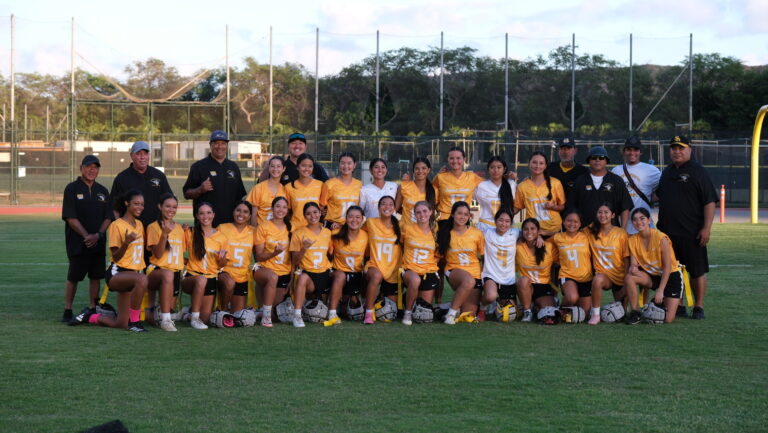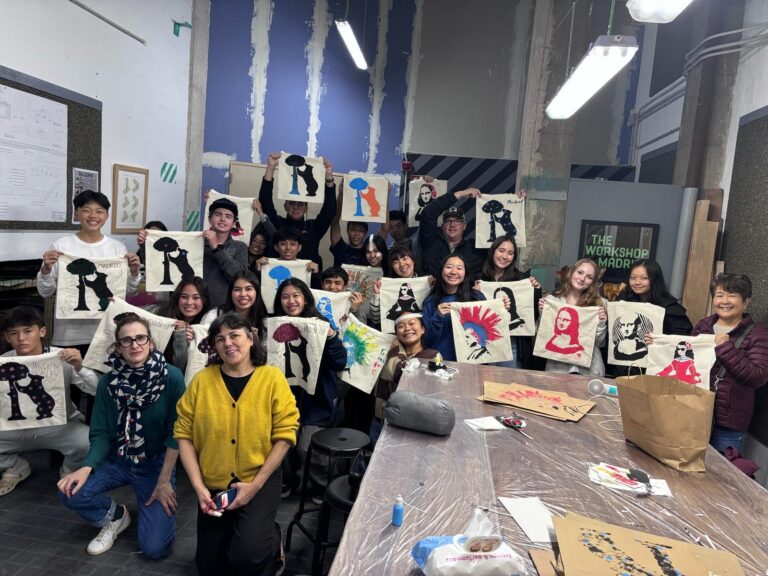In ancient Japan, drums were used for both practical and cultural purposes, from sending messages to far away places, scaring insects away during harvest time, and celebrating a bountiful harvest.
Some communities also used drums—taiko drums—in rituals to mimic thunder in hopes of bringing rain. Today, taiko, which literally means “big drum” in Japanese, is considered a Japanese drumming art form. The word has also come to refer to the art of kumi-daiko or “ensemble drumming”. The taiko drum is known to have existed at least since 600 AD. Since the development of kumi-daiko in the 1950s, taiko has developed in many ways and directions.
Freshman Kaycee Nakashima has been playing the taiko since 2010 when her mom encouraged her to try it out. Now, Nakashima calls taiko drumming one of her passions. She said, “I mean who doesn’t love hitting something loud, yelling, and getting a workout out of it? I love that.” Taiko drumming has taught her to keep calm, balance herself, and learn how to control the amount of force put into the drumming. She also learned how to keep time when playing the drums. According to Nakashima, taiko drumming can be a physically demanding activity, requiring players to use their whole body when hitting the drums. “My arms hurt for a week after one practice, and right now,” she said.
Nakashima takes taiko drumming classes at the Taiko Center of the Pacific in Honolulu. The school has students from age 2 to 88, and students divided into three performing groups: a youth ensemble, community ensemble, and professional adult ensemble. The professional adult ensemble performs about 140 times a year around the world, traveling to countries like Japan, Germany and Argentina.
“My arms hurt for a week after one practice.”
Freshman Kaycee Nakashima
Co-founder and instructor Chizuko Endo of Taiko Center of the Pacific said, “Taiko involves the whole person–mind, body, and spirit. Besides drumming the rhythms and patterns, drummers play with their whole body and not just their hands or arms.” In her classes, Endo not only teached taiko drumming, but cultural aspects such as Japanese language, manners, and etiquette associated with the art.







